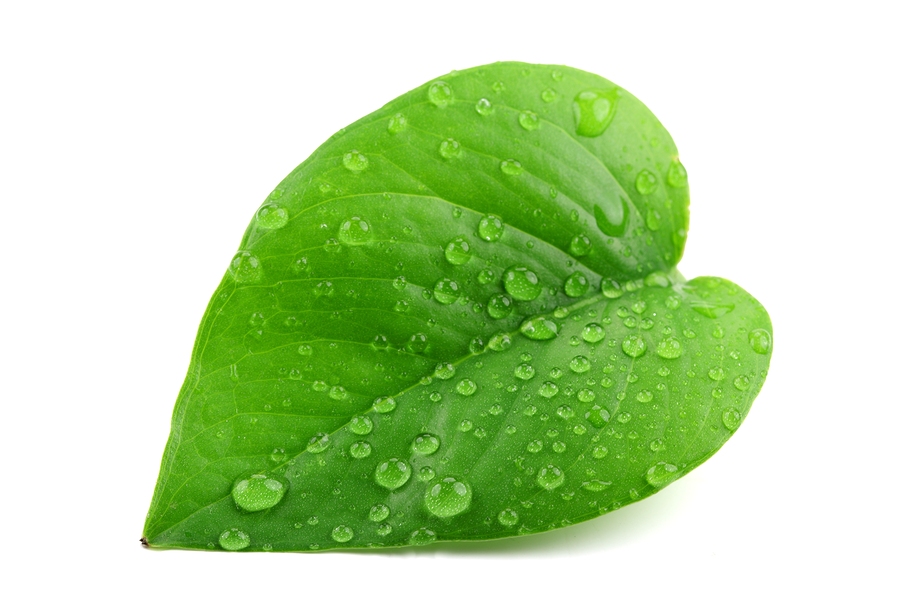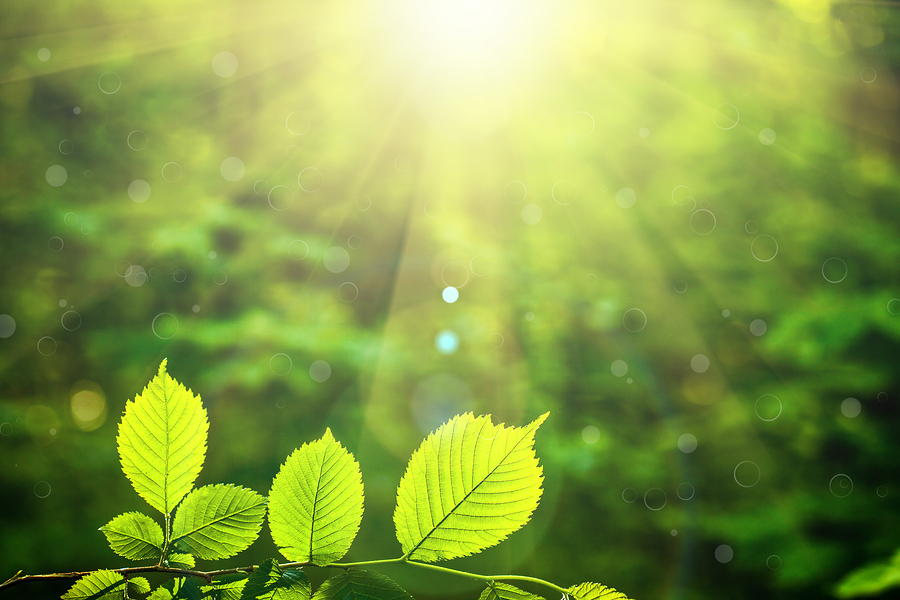Review: Plants and Solar Radiation
The amount of solar radiation a plant receives has a significant impact on processes that create the pollen and nectar collected by honey bees. Click on the tabs to review some of the basic information about the relationship between chlorophyll and sunlight.
Chlorophyll is the abundant green pigment within the leaf during the growing season; from spring until early fall. It blocks out all other pigments within the leaf. The chlorophyll absorbs the colors red and blue from the light and reflects green. It helps the photosynthesis process (ability to make food) in plants. Changes in the length of day and temperatures slow down the food making process, and the chlorophyll breaks downs. As the green coloring disappears, it gives way to other pigments in a tree’s leaves.

Source: Liang Zhang/Bigstock
The length of the day has an impact on the production of chlorophyll in a plant. Sunlight breaks down the chlorophyll, so it needs to be regularly replaced and to do that, the plant relies on sunlight. When the nights become longer, the plant is not exposed to as much sunlight, and the production of chlorophyll in the plant begins to slow. The lack of chlorophyll allows for the other pigments in the leaves to become more visible.

Source: Kalina Vova/Bigstock